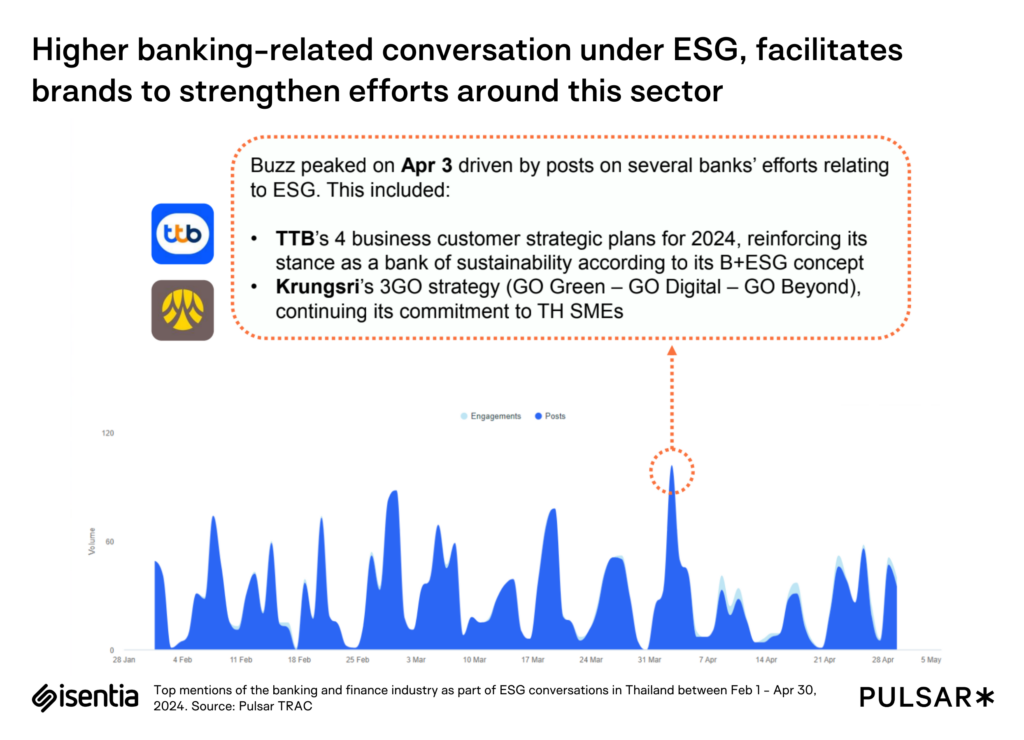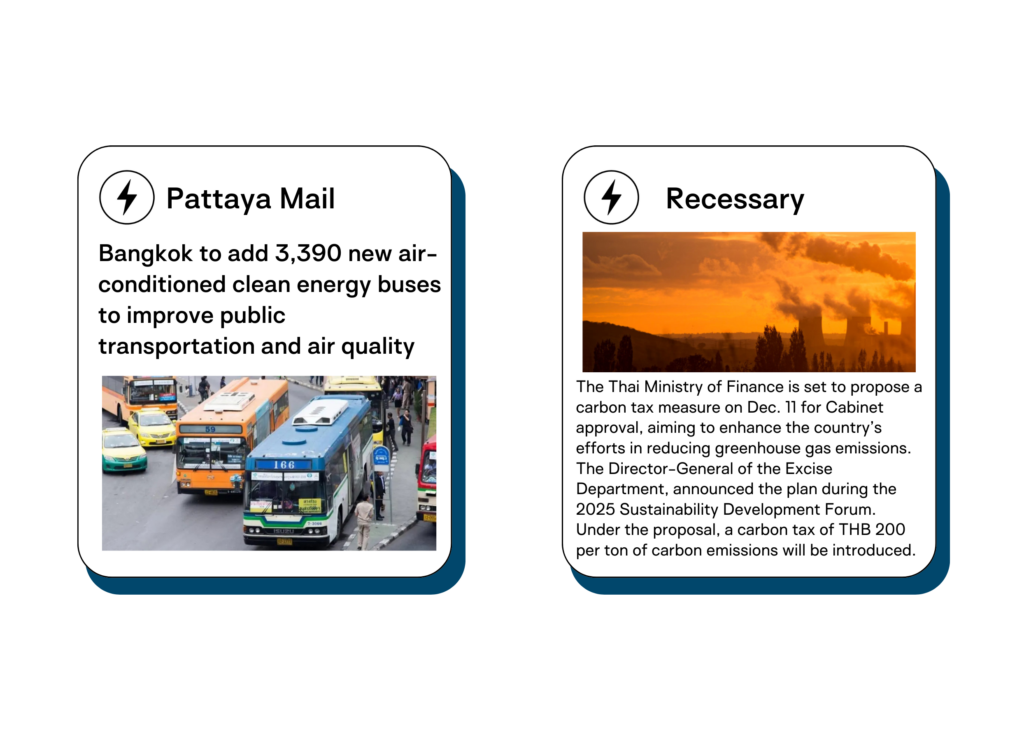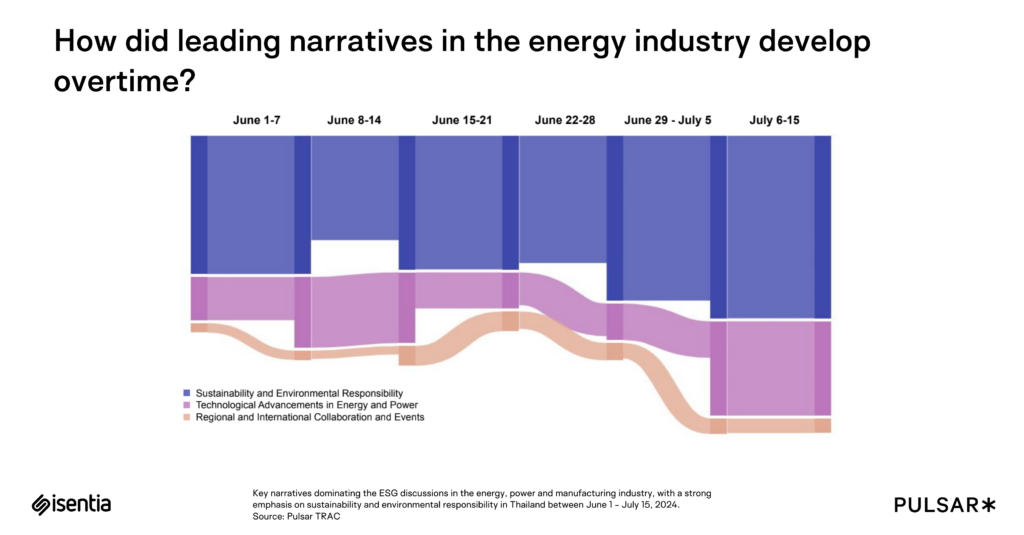Blog
The fundamentals of stakeholder strategy
A practical guide to tailored stakeholder management, offering strategies and tools to identify, map, and nurture relationships.
Southeast Asia is embracing ESG principles to drive sustainability across key industries. Banking, automotive, energy, and government sectors are leading efforts through innovation and collaboration, highlighting their strategies and contributions to a greener future.
This sector has emerged as a leader in ESG adoption, reflecting its commitment to sustainability and social responsibility. Across Southeast Asia, financial institutions are focusing on green finance initiatives such as carbon emission reduction projects and issuing green bonds. Thai banks, for instance, are embedding sustainability in operations, with strategies like Krungsri’s “3GO” approach (Go Green, Digital, Beyond). This trend highlights the sector’s role in financing environmentally and socially conscious projects while fostering regional ESG integration.

The automotive industry in the region is embracing ESG through electrification and sustainable mobility. Governments and companies are collaborating to build robust EV infrastructure, integrating renewable energy solutions, and advancing battery technologies. Brands like Toyota lead with innovations in hydrogen fuel cells and hybrid vehicles with events like Intermach 2024 underscoring Southeast Asia’s focus on technology-driven carbon neutrality in manufacturing. These efforts aim to reduce the sector’s reliance on fossil fuels while improving production efficiency.

Energy-intensive sectors are focusing heavily on clean energy transitions, with solar, wind, and green hydrogen projects at the forefront. Regional collaborations help industries adopt renewable energy solutions and reduce greenhouse gas emissions. Thailand’s solar farms for example, and international partnerships for wind energy projects are proof of some of the proactive work done in this domain. Events like the ASEAN Sustainable Energy Week highlight technological advancements and collective efforts in decarbonization and sustainable manufacturing.

Governments across Southeast Asia are shaping ESG agendas with policy initiatives like green bonds and support for sustainable aviation fuels. Thailand’s commitment to a green economy, as showcased in its “Fiscal GreenPrint” and the electric vehicle ecosystem project, reflects regional autonomy on such initiatives and that governments are open to inculcating ESG goals on all fronts. Collaborative efforts between public institutions and private players are fostering innovation in green tech, emphasizing the role of governance in advancing sustainability goals.
ESG narratives are increasingly interconnected across industries. For example, banking initiatives are driving green investments in energy and mobility sectors. However, misinformation and political opposition challenge adoption, particularly in regions sceptical of its benefits. The anti-ESG movement’s framing of sustainability as “politicized” highlights the need for clear communication and stakeholder engagement.
Southeast Asia’s ESG journey is marked by collaboration, innovation, and a shared vision for sustainable growth. From financing renewable energy projects to fostering green mobility and enacting supportive policies, the region is setting benchmarks for integrating ESG principles. Continued regional cooperation across sectors are key to scaling these efforts.
Want to catch up to our latest insights and reports? Contact nikita.gundala@isentia.com to learn more.
A practical guide to tailored stakeholder management, offering strategies and tools to identify, map, and nurture relationships.
Across the communications landscape, teams are being asked to do more with less, while staying aligned, responsive and compliant in the face of complex and often shifting stakeholder demands. In that environment, how we track, report and manage our relationships really matters. In too many organisations, relationship management is still built around tools designed for […]
Get in touch or request a demo.